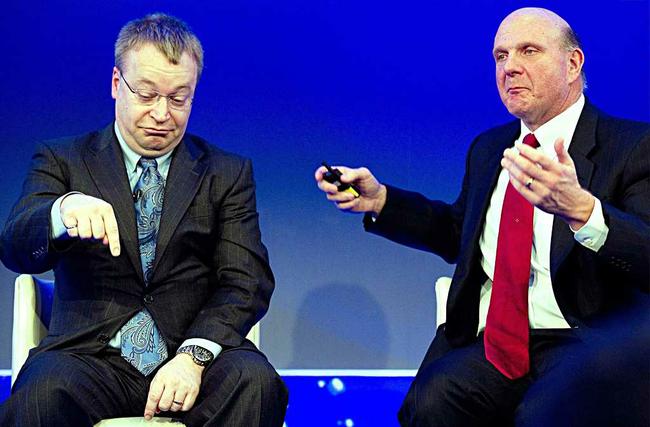Nokia (NOK) this week revealed that it will end up paying €500 million — about $650 million — in net Windows Phone licensing fees to Microsoft (MSFT) over the remaining contract period. At the moment, the platform support fees Microsoft pays to Nokia are larger than the licensing fees that flow to the opposite direction. This will soon reverse and by the time the Nokia-Microsoft contract expires, Nokia will end up paying $650 million to Microsoft. This raises two questions: What is the remaining contract period and what happens after that?
Of course, having a lump sum licensing fee like this is highly unusual in the handset industry. Usually companies pay a licensing fee per handset. The defined lump sum is meant to act as a whip: Nokia must execute a rapid Windows Phone ramp-up or the fee per phone will become painful for the company. If the Lumia volumes grow quickly, the fee per phone will be low.
Interestingly — and possibly weirdly — Nokia just refused to reveal to a major Finnish newspaper when the current contract with Microsoft expires. This is fascinating, because the meaning of the $650 million fee cannot be deciphered unless we know whether the contract lasts until the end of 2014, 2015 or 2016. Depending on the time span and shipment growth, that $650 could cover 50 million Lumia phones. Or possibly 250 million Lumia phones. Calculating the fee per handset is not possible without firm information about the contract length.
Which gets us to the heart of the big Nokia-Microsoft mystery. What happens when the current contract expires? Nokia has gambled the future of the entire company on the Windows smartphone operating system. It has fully committed to Windows. There are no side bets such as Samsung (005930) has been laying in case its own Android relationship one day sours. So how is Nokia’s negotiation of the next Microsoft contract going to unfold? If Microsoft asks for a $10 fee per phone after 2015, what is Nokia going to say? Please, God, no? By then, its entire product development and smartphone software research will be entirely wrapped around Windows.
We have practically no information about what the licensing relationship is going to be when the current contract term expires — or when the new negotiation round will happen. The $650 million licensing fee level indicates that the current Nokia-Microsoft deal is unlikely to last until, say, 2020. This number would be more compatible with a contract ending in 2015 or 2016 if we assume the Lumia volume will ramp up to 25 million units in 2013 and 45 million in 2014. The precise nature of the Nokia-Microsoft deal is one of the most mysterious nooks of the global smartphone ecosystem.




